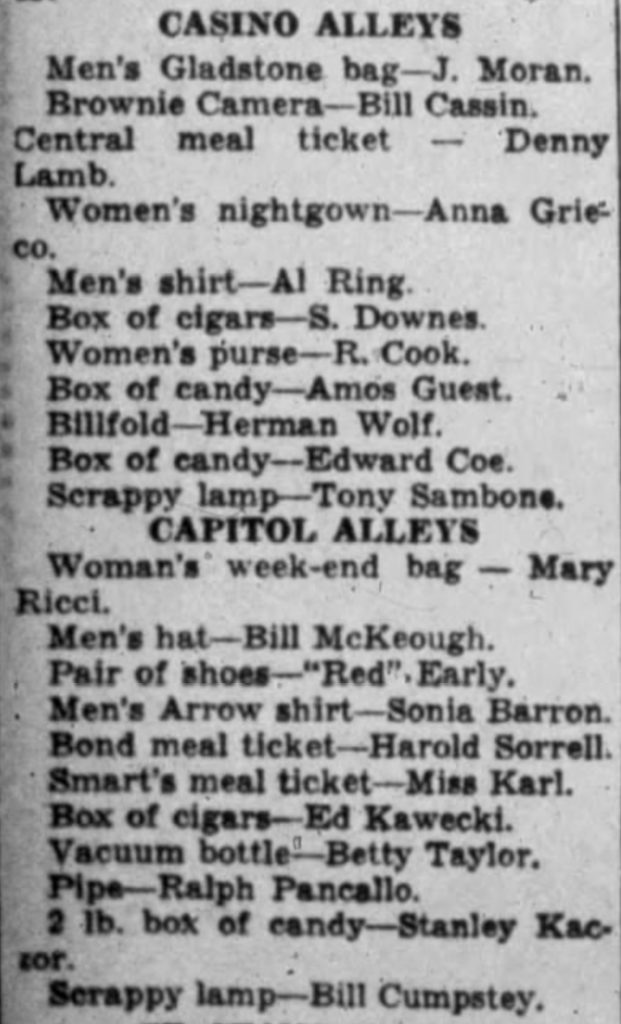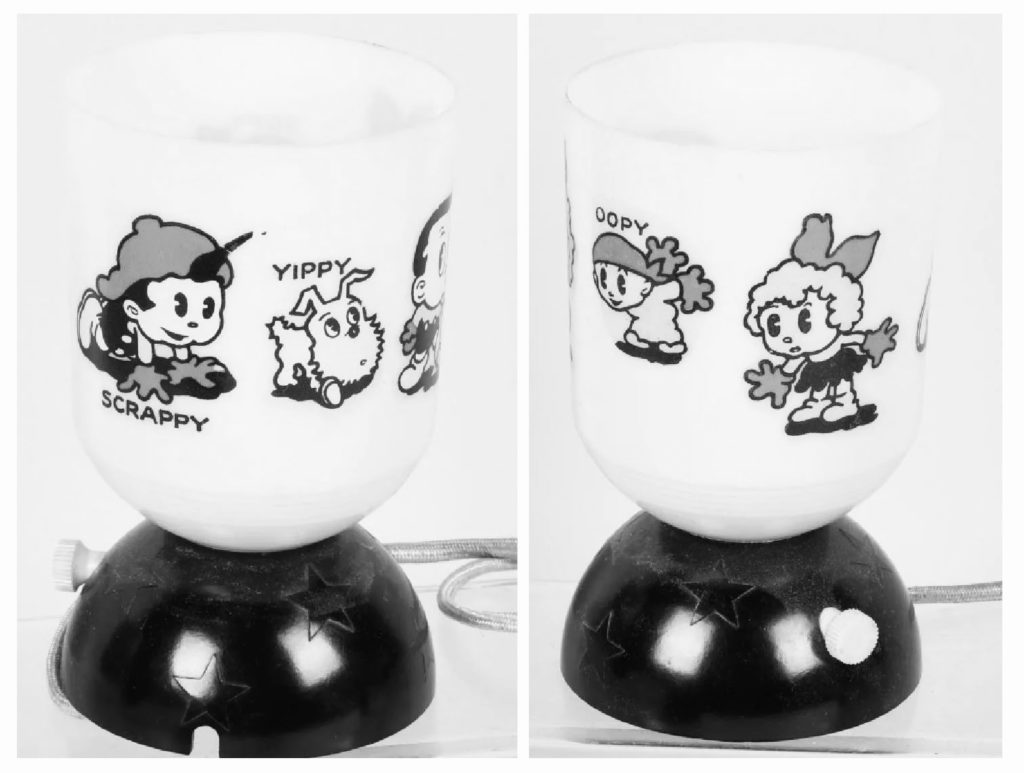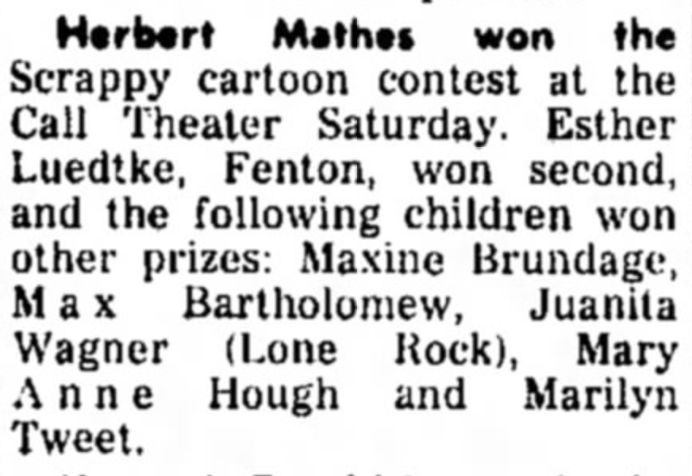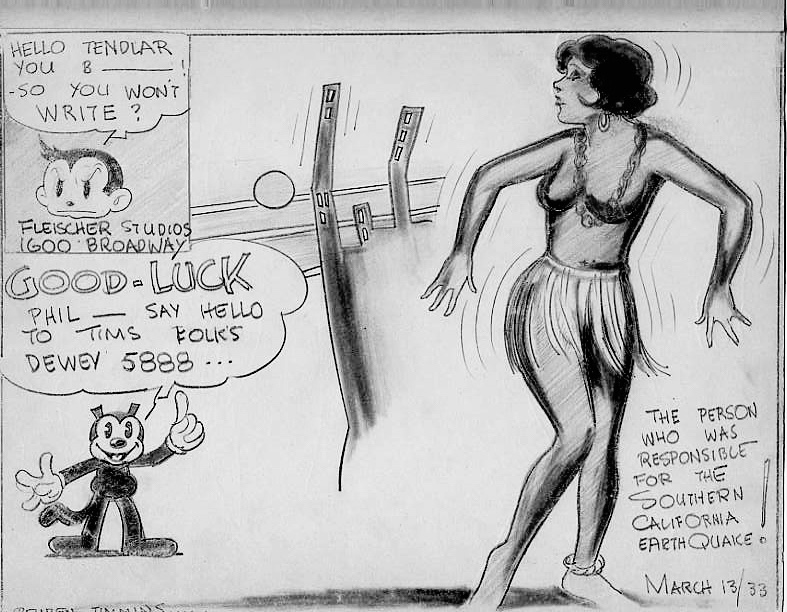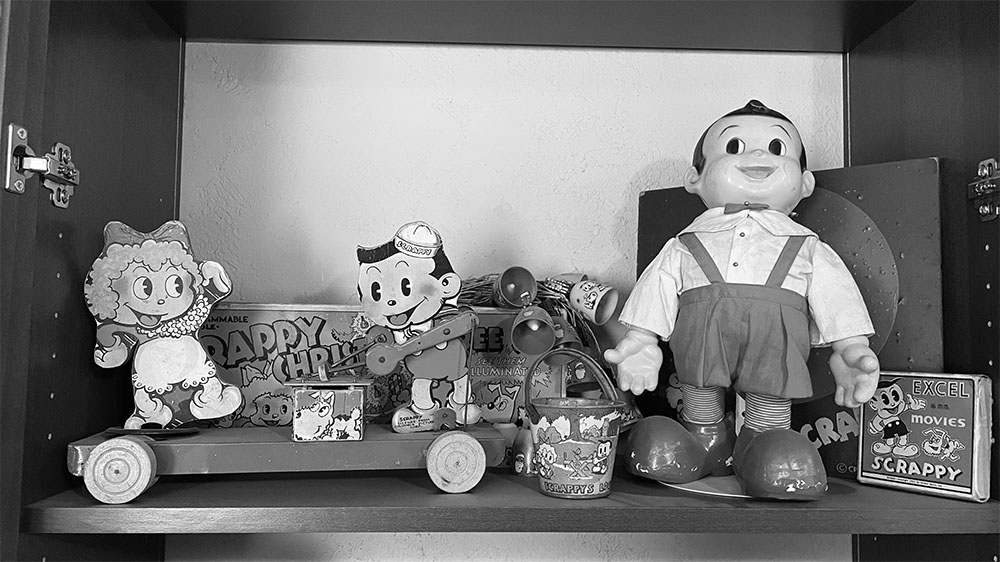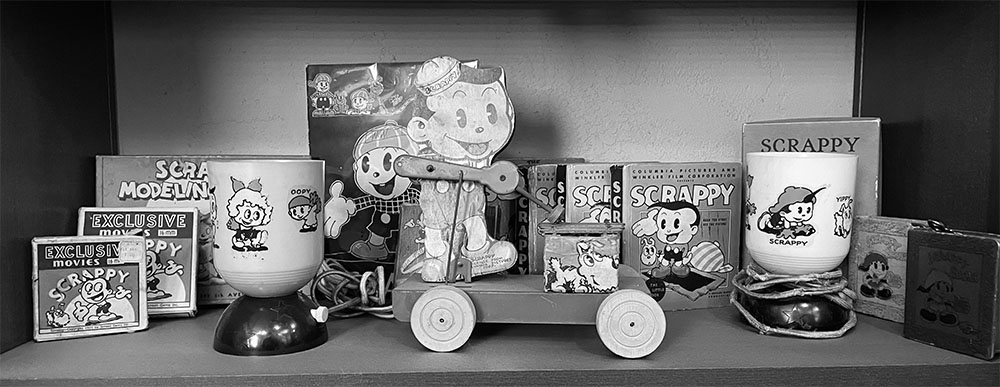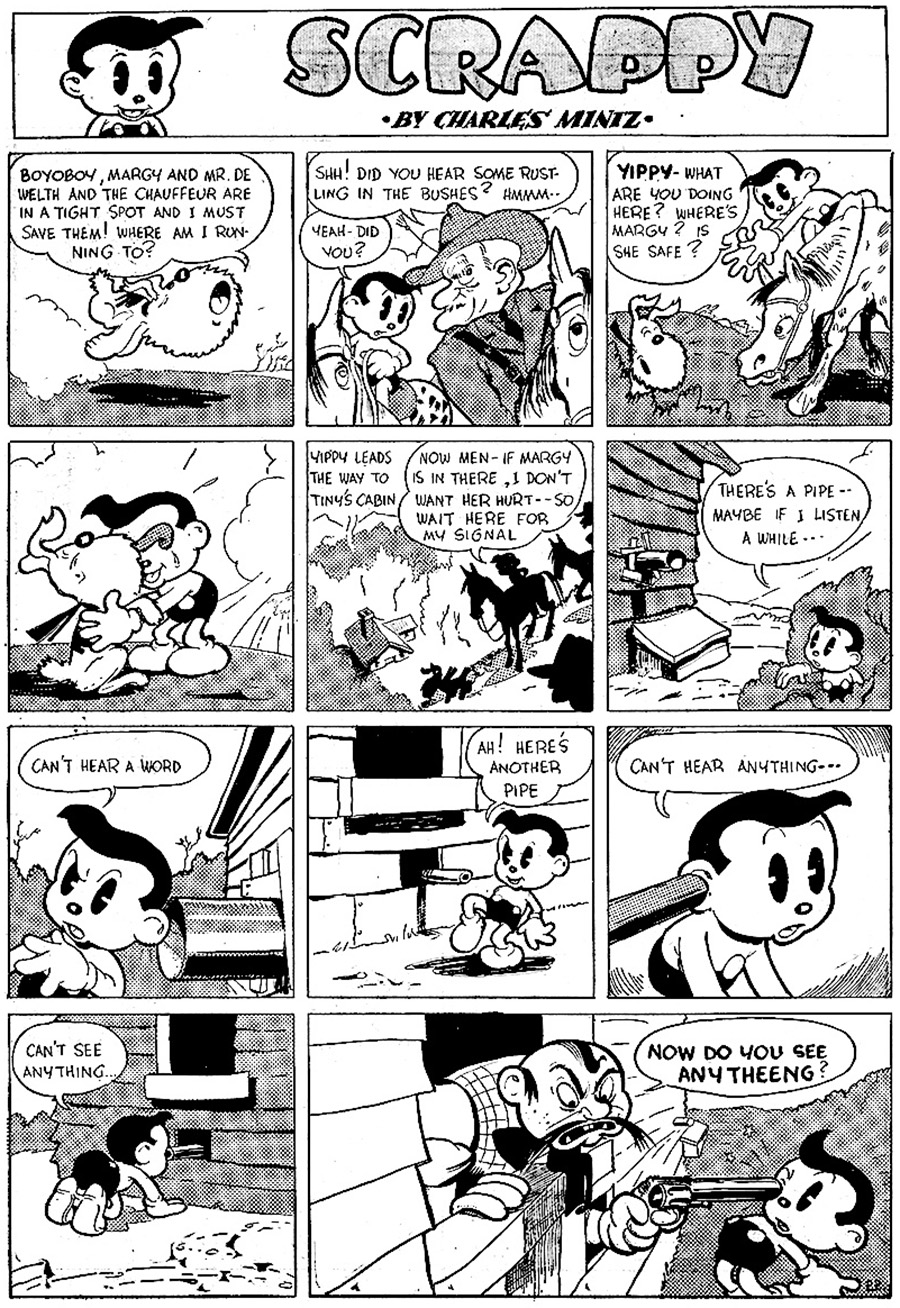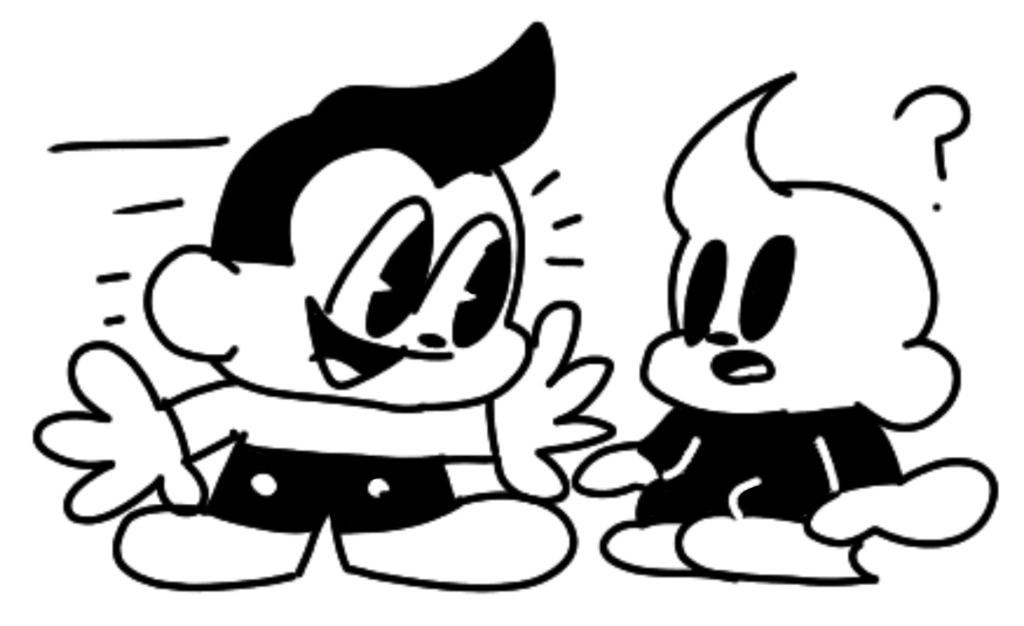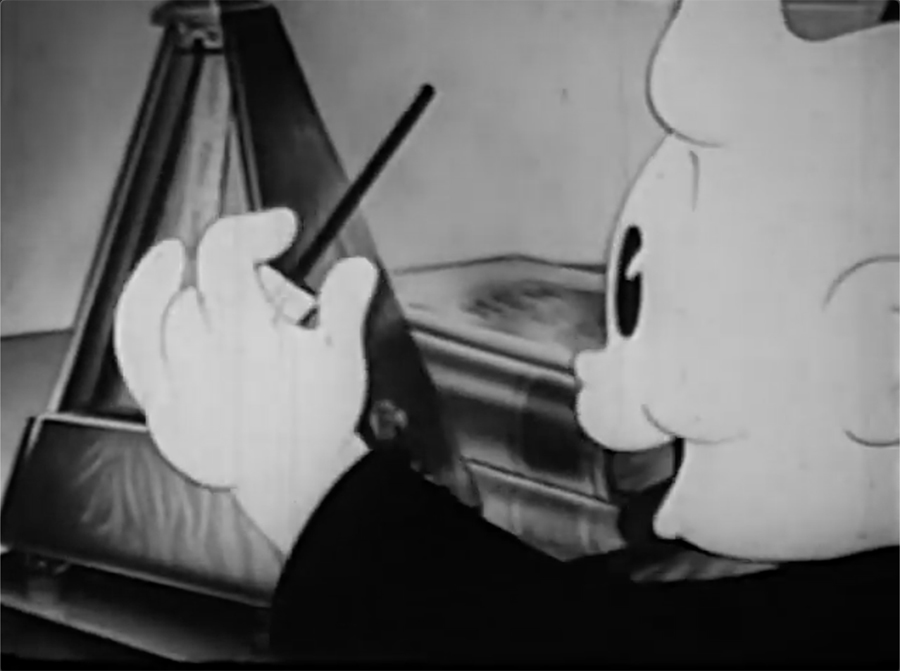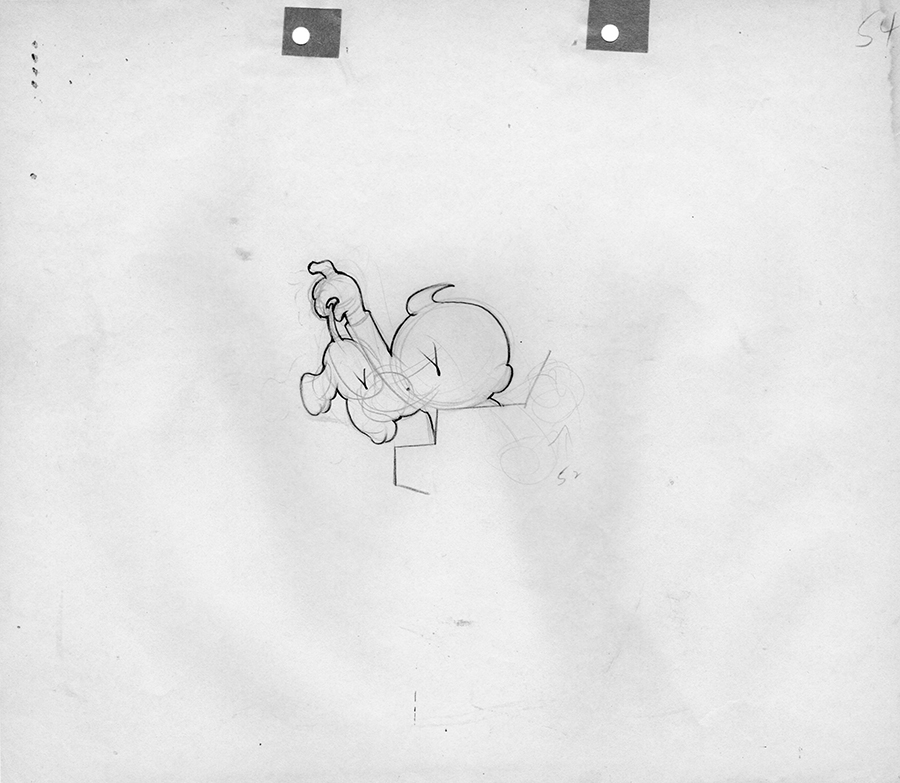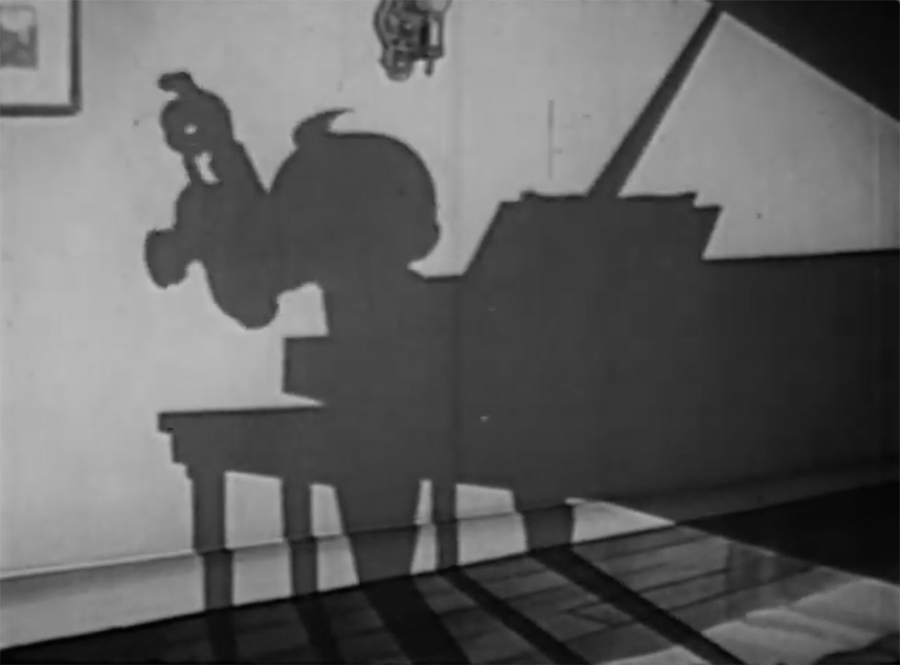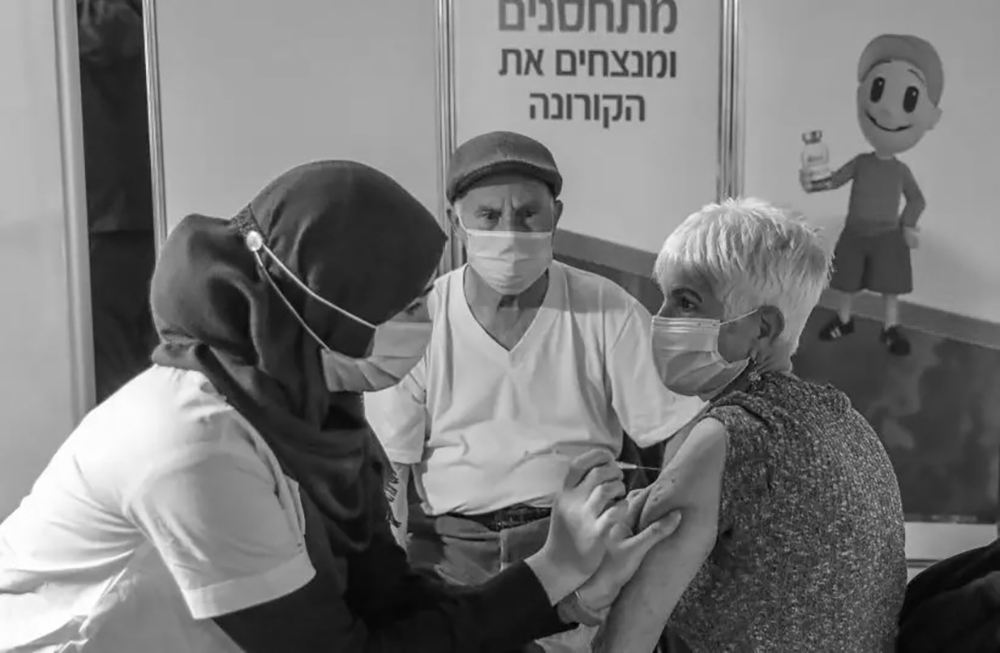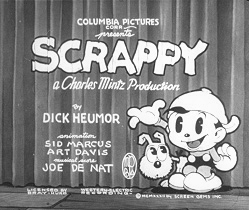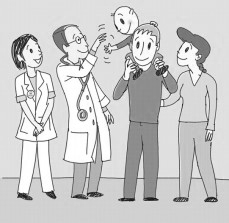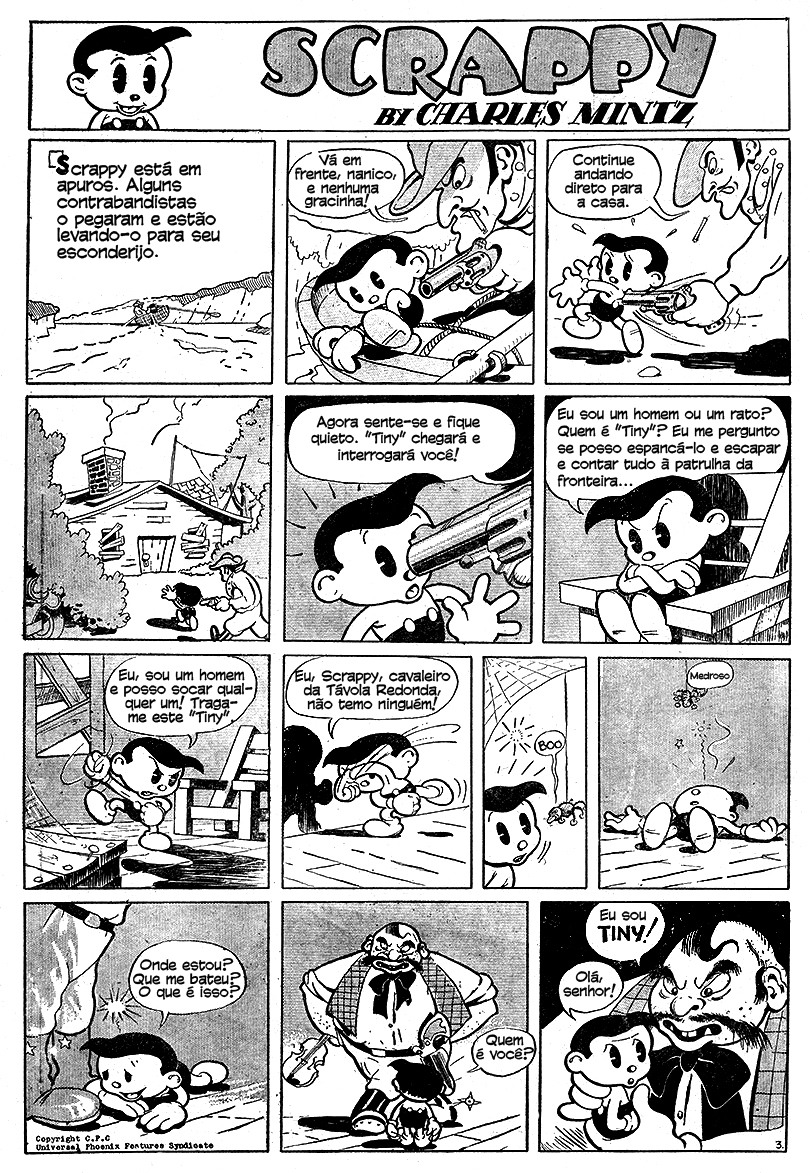For years, I’ve known about the Scrappy lamp—a fine little plastic table lamp with color decals of Scrappy, Yippy, Margy, and Oopy on its shade. There are two of them in the Scrappyland archive, and at least one of them still works, though I wouldn’t recommend leaving a 1930s electrical device plugged in except under constant supervision. What I didn’t know was the backstory behind the lamp—including the fact that it was a product of what might have been the largest company ever to hitch its merchandising wagon to Scrappy
Then Scrappy merchant extraordinaire David Welch alerted me to something he was selling on eBay: ads from a 1930s magazine for the premium industry. They were from General Electric, and touted lamps made of a Bakelite-like GE plastic called Textolite. And they spotlighted … the Scrappy lamp.
Did that mean that the lamp was designed to be given away? Well, it was. Or at least I found a 1940 article about a bowling tournament in Meriden, Connecticut where Scrappy lamps seem to have been doled out as last-place prizes. I hope the recipients were pleased nonetheless.
That’s not to say that the Scrappy lamp was manufactured purely for giveaway purposes. Here it is being sold for a buck, which was real money back then—about $20 in 2021 dollars.
And here it is marked down to the irresistible price of fifty cents.
Whatever the price or lack thereof, the Scrappy lamp remains pleasing. GE’s ad copy about Textolite’s durable nature may help explain why quite a few of the lamps have survived in nice shape; at any given time, you can probably find one or more on eBay, should this post leave you coveting one.
If you haven’t seen the lamp in person, here’s a closer look courtesy of photos from a 2017 auction.
That particular Scrappy lamp came with a bonus I’d never seen until I put together this post: the original box, with elaborate artwork depicting Scrappy (praying, with a picture of Margy on his wall) and Margy (reading, with a picture of Oopy on the wall). Yippy somehow made it into both scenes. And so did the Scrappy lamp.
I don’t remember ever having heard of Textolite before, and indeed had forgotten that GE was ever in the plastics business. Then I remembered that Jack Welch, who eventually became the company’s fabulously successful (though in recent years reputationally damaged) CEO, got his start in the plastics division in Pittsfield, Mass, the address mentioned in the Scrappy lamp ad. In his memoir Jack: Straight From the Gut he even mentions his difficulty selling Textolite in the 1960s, though by that time GE was applying the brand to its lackluster answer to Formica.
Like J.C. Penney—which also embraced Scrappy in the 1930s—GE is still with us, but a shadow of its once-mighty self. The company (which sold its plastics business in 2007) recently announced plans to split itself into three parts, ending its long run as as one of the U.S.’s most iconic industrial giants. It just goes to show: Ending a relationship with Scrappy is always bad luck, even if it takes seventy or eighty years to catch up with you.


